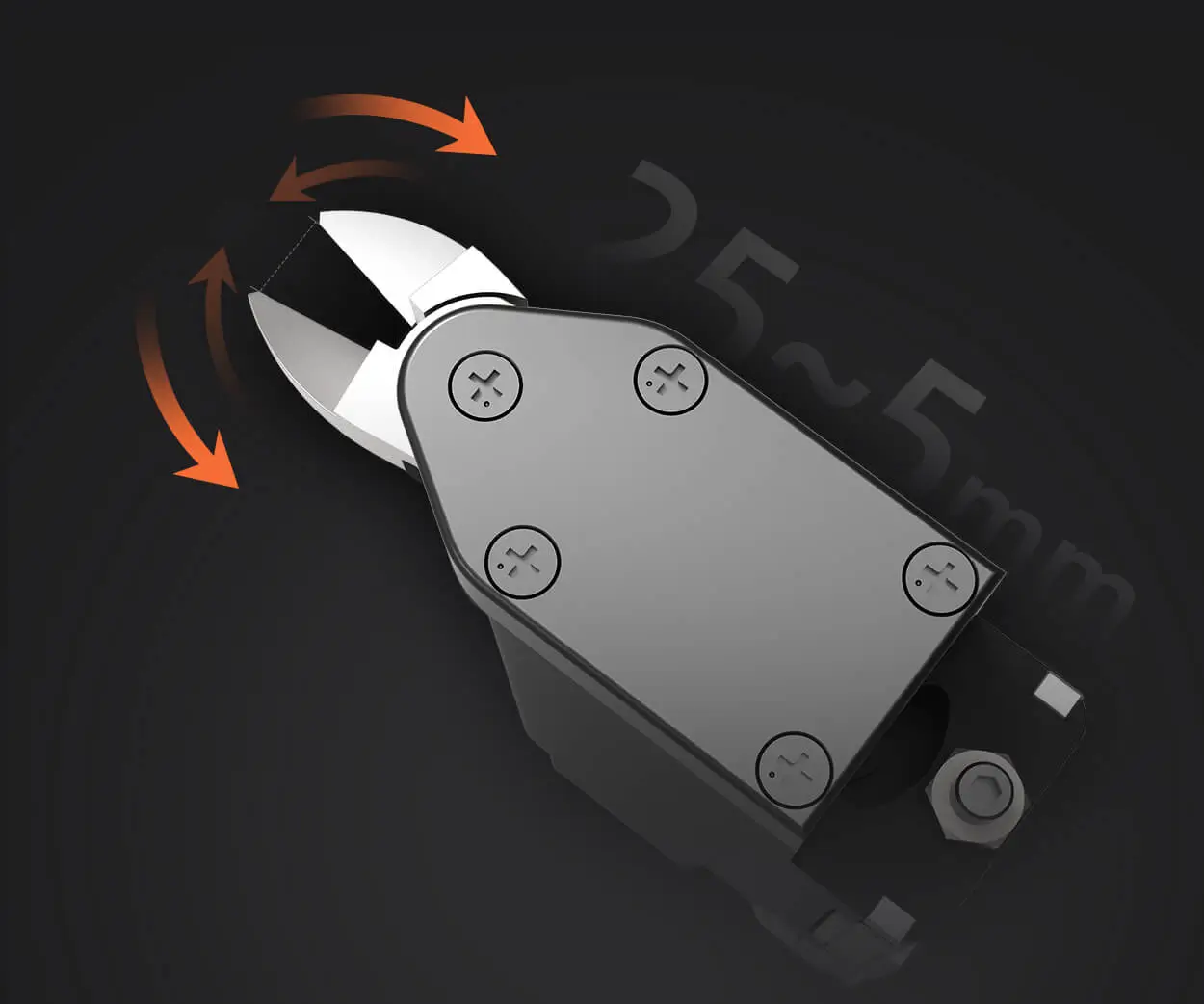Looking into servo motor horns? Yeah, that’s a small part, but wow, it plays a huge role in your projects. When you’re dealing with precise movements and demanding load control, the dimensions of a servo horn matter more than you might think. Think about it: a tiny mismatch can throw off your entire setup, causing jitter, slippage, or worse—breakage. First things first, what really makes a difference?

Let’s talk about size and fit. The diameter of the horn’s hole, the arms’ length, and even the thickness of the material—these are all crucial. You can choose a smaller horn for lighter, more delicate tasks, or go big if you're working with heavy-duty setups. No one wants a horn that’s too flimsy but also not too bulky where it hampers precision.
Ever wondered what influences the choice? The load you’re pushing, the kind of gear ratio, even the environmental factors like vibration or temperature. A common mistake? Using a horn with a hole that fits loosely. That’s a recipe for slippage, especially under load or over time. Conversely, a tight fit might put undue stress on the servo’s shaft or the horn itself. Finding the perfect balance—that’s where understanding the dimensions becomes an art.
Quality matters. When you pick a servo horn with well-calculated dimensions, it’s like giving your project a reliable backbone. It ensures the torque transfer is optimal, movements are smooth, and the lifespan is prolonged. For instance, a horn with reinforced arms and precise hole diameters can handle rigorous applications without giving in. That’s the kind of durability you want, especially when operating in tough or repetitive conditions.
Now, some folks ask: “Can I mix different horns from various brands?” Well, be cautious. Not all dimensions are standardized. Mixing can lead to unforeseen sloppiness or damage. Better to stick with ones specifically designed for your servo model—especially when dimensions are guaranteed to match.
Imagine you’re assembling a robot arm. Picking the right horn isn’t just about how it looks. It’s about knowing that the arm’s movements are seamless, the torque transfer is efficient, and your setup doesn’t degrade quickly. Small details, like the number of mounting holes or the arm length, can influence not just performance but also ease of assembly.
People often overlook the importance of choosing the right dimensions until it’s too late. Don’t be that person scrambling for replacements because a part didn’t fit. Be proactive, check the specs carefully—measure twice, cut once. Trust me, it pays off.
Ultimately, when you’re diving into servo horns, aim for quality, match your specs exactly, and don’t underestimate the small stuff. Because those tiny details? They’re what separate a good project from a great one.
Established in 2005, Kpower has been dedicated to a professional compact motion unit manufacturer, headquartered in Dongguan, Guangdong Province, China. Leveraging innovations in modular drive technology, Kpower integrates high-performance motors, precision reducers, and multi-protocol control systems to provide efficient and customized smart drive system solutions. Kpower has delivered professional drive system solutions to over 500 enterprise clients globally with products covering various fields such as Smart Home Systems, Automatic Electronics, Robotics, Precision Agriculture, Drones, and Industrial Automation.




































